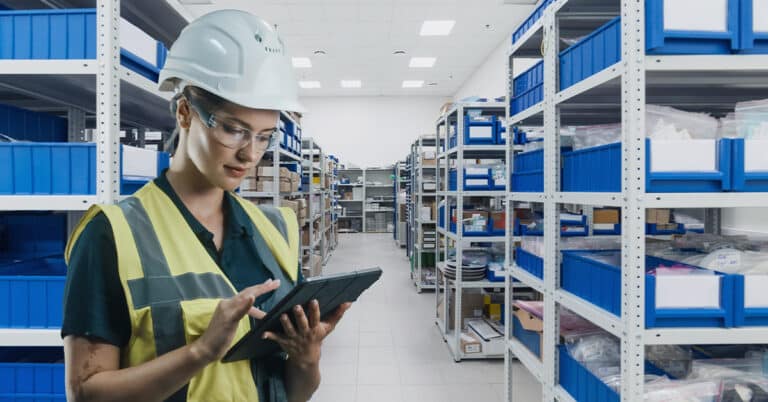More efficient storeroom operation, improved uptime, increased productivity and supply chain benefits: MRO asset management is able to provide all of these advantages when applied the right way. Too often, MRO — maintenance, repair and operations — is treated as a reactive approach to inventory regulation, equipment repairs and supply chain processes. Which is why it typically does not provide much return on the resource expenditure for this significant part of your business. Waiting to perform MRO until after a problem manifests itself may solve that one setback, but it will probably increase your downtime and keep you from getting ahead of the issue.
A more proactive, data-driven approach to MRO replaces these reactions and could:
- Reduce interruptions and target upkeep more effectively by implementing predictive maintenance.
- Manage inventory more efficiently by forecasting part/product usage according to historical and predicted needs.
- Track external supply chain factors such as industry demand, weather, geopolitics and more, and use that information to be proactive about supply chain decisions.
Let’s look at more specific functions of inventory and supply chain management that MRO asset management can impact.
Improving inventory and supply chain functions with MRO asset management
MRO asset management can have a positive effect on many of your maintenance and storeroom functions related to the supply chain.
These include:
Supplier selection: With greater insight into your equipment and spare part usage, you can find the best possible fit for your needs. Without data, perceptions of part usage may be skewed or may not paint the entire picture, leading to inefficient relationships with suppliers. A data-driven approach ensures that you can locate a provider that can effectively accommodate your actual maintenance and inventory needs. In addition, applying data to external factors that affect the supply chain empowers you to make more informed decisions and avoid issues that would otherwise be out of your control.
Procurement and purchasing: As you accumulate facts and figures on maintenance needs, part usage, equipment issues and more, you will become better able to accurately forecast inventory needs on a big-picture and cyclical basis. This means that you will be able to gain greater category discounts when available, negotiate pricing and fulfillment agreements, and access customer-specific costs.
Storeroom management: Applying lean manufacturing practices will impact your inventory on hand, reducing the number of unused parts and ensuring that the necessary parts are there exactly when needed. In addition to reducing inventory, this practice can decrease downtime and increase productivity on the facility floor.
Getting started
Implementing a data-driven MRO asset management strategy at your facility will positively impact all these areas, and therefore provide significant improvements to your overall maintenance strategy. You can certainly opt to implement these practices on your own, but today many manufacturing companies are consulting experienced industrial asset management and MRO partners like ATS to not only impact the performance of their storeroom, but the overall reliability of their plants.
Whether you are in need of fully managed maintenance or are seeking to improve efficiency and productivity in certain areas, we can help. For more information on our MRO asset management solution, contact us today and our maintenance specialists will work with you to tailor a solution to your specific facility’s needs.


